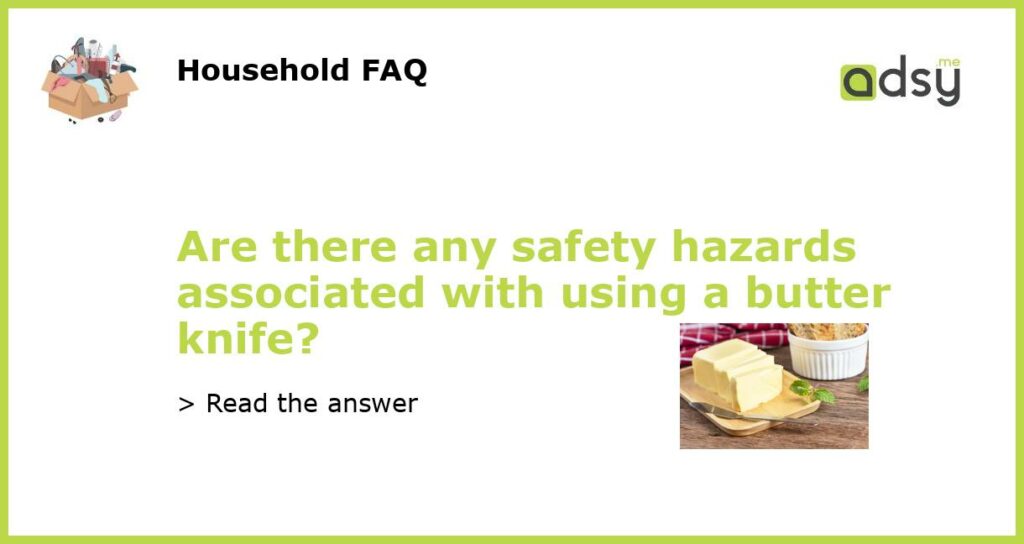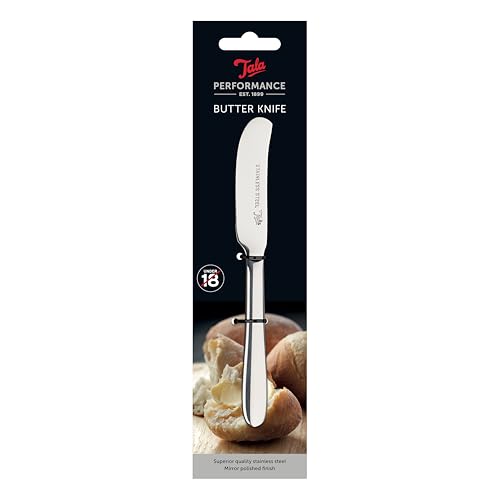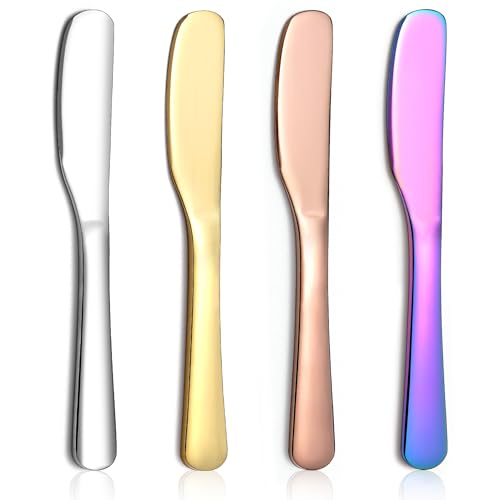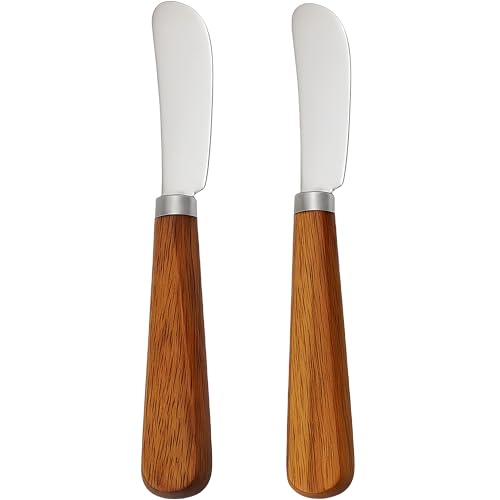Butter knives are one of the most commonly used utensils in every household across the globe. Its primary purpose is to spread butter onto bread or toast, and it seems like a harmless tool. However, many people wonder if using a butter knife can pose a safety hazard. In this article, we will answer the question of whether there are any safety hazards associated with using a butter knife.
Butter Knife Safety Concerns
One of the biggest concerns regarding butter knives is their sharpness. Although butter knives are not designed to be sharp, they are still capable of cutting through certain objects. Care must be taken while cutting through foods like cheese, fruits, and other edibles that require a bit of pressure to cut through. Additionally, some butter knives are made from low-quality metals that can cause a health hazard. These materials could be prone to rusting, which can lead to pieces of rusted metal breaking off and getting into our food. It is important to use high-quality butter knives that are safe to use and avoid using old, worn-out knives.
Potential Hazards
While using a butter knife, we often have a habit of leaving it on the plate, pointing outwards at times. This habit should be avoided because the knife’s pointed end can be dangerous if someone accidentally picks it up, as they may get hurt. In households with children, there is always the risk of children being injured if they pick up the knife and play with it. Additionally, if the butter knife is not dried properly after cleaning, it can lead to bacterial growth that could cause infections when consuming food spreading the butter knife.
Mitigating the Risks
To avoid injuries and potential hazards, it is essential to be careful, especially when cutting through hard foods. Always use a good quality butter knife and avoid picking it by its pointed end, especially when a child is around. After cleaning the butter knife, make sure it is thoroughly dried to prevent bacterial growth. It is also a good idea to keep the butter knife in a separate compartment to avoid its coming into contact with other utensils. It is safer to use a butter knife specifically designed for children when they are using the utensil to spread butter.
In conclusion, butter knives are generally safe to use if the right precautions are taken. Ensure that the butter knife is of good quality, avoid leaving the pointed end facing outwards, thoroughly dry it after cleaning, and store it in a separate compartment. Follow these steps, and you can enjoy using a butter knife without any worrying.”






